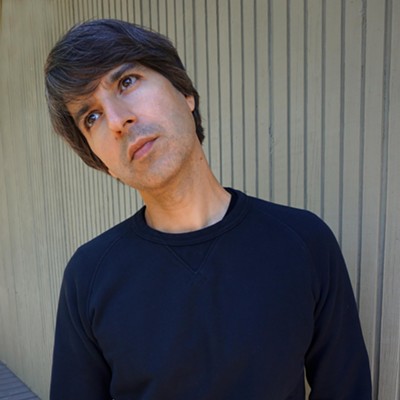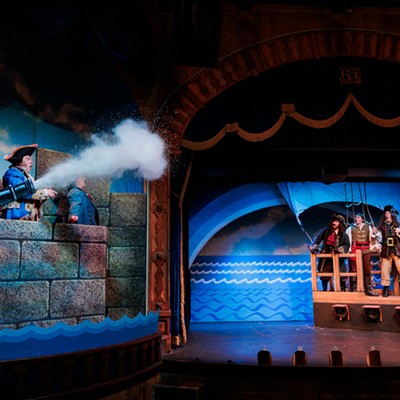Cirque du Soleil's Dralion is a hybrid, a word combining the dragon, a symbol of the East, and the lion, the king of the West.
"The show is an incredible combination between Eastern and Western circus art, with a lot of wow," said artistic director Sean McKeown.
Dralion joins several other Cirque du Soleil touring shows, such as Alegría and Saltimbanco, that have made November stops in Tucson.
Dralion premiered in 1999 and toured for more than 10 years under the big top. In 2010, the show was refreshed and readapted for the stage.
"Artistically, the show maintains the same concept, but there are a lot of changes in the show that have brought it up to another level," McKeown said.
One of the changes is the addition of the "crossed wheel" act: A circus artist propels himself around the stage while inside two giant metal circles, a feat of great strength and flexibility, McKeown said.
Though the show has been running almost nonstop since its premiere, it remains fresh, McKeown claimed, because the performers spend at least two hours a day practicing new skills.
"The story is really told by the four elements: air, fire, earth and water," McKeown said. "It's a story of competition between each other, but also of finding that place of harmony."
The principal characters depicting each element debut in the first act and appear throughout the show. "The individual artists playing each of those characters were cast for their nature," McKeown explained.
Azala, the air character, is a trained tissue/silks artist whose performance takes place high above the audience. Yao, who embodies fire, has a martial-arts background with a warring aspect.
True to any Cirque du Soleil production, there is also a mixture of acrobatic skills. The 17 acts in the show range from hand-balancing to aerial artistry to trampoline feats.
"The trampoline number is more like an extreme-sports number," McKeown said. Acrobats flip and fly as they rebound from the trampolines to land and balance on ledges protruding from a 25-foot-high wall. The giant metal bastion is topped with six spikes to give the set a Chinese-temple-meets-medieval-armor look.
McKeown said lighting does wonders to change the scenes from playful to serene. The romantic aerial pas de deux between Azala and Hungarian aerialist Lorant Markocsany is draped in soft blue light.
"It's a love story," Markocsany said.
But it's also a display of strength and trust. The performers had never met before landing roles in the show, and they spent four months practicing in Montreal before their stage debut.
"I'm lucky, because my partner, she is pretty nice, and she is really strong, and we trust each other," Markocsany said.
The 52 cast members of Dralion come from a variety of backgrounds. For example, Markocsany started with the Hungarian State Circus in 1998 when he was 13 and joined Cirque du Soleil last June. He said touring gives him a chance to visit places he had previously seen only in movies—but above all, it gives him the chance to perform.
"My favorite part is always in the air," Markocsany said. "I am flying and doing what I love to do."
McKeown grew up performing pantomime, playing the flute and tap-dancing, but left theater for the corporate world of business administration and sales. He returned to work for Cirque du Soleil in 2001.
"Walking back into Cirque du Soleil for me was like coming home," McKeown said. "I left home to run away with the circus, and 11 years later, I'm still here."
The cast and crew keep a rigorous schedule of 10 weeks on and two weeks off during the touring season. They will spend Thanksgiving in Tucson, and McKeown said they will have a holiday celebration before the show that day.
"We're much like a little League of Nations," McKeown said. "What we're able to build on tour is a little unique community that has a lot of experience in life."







